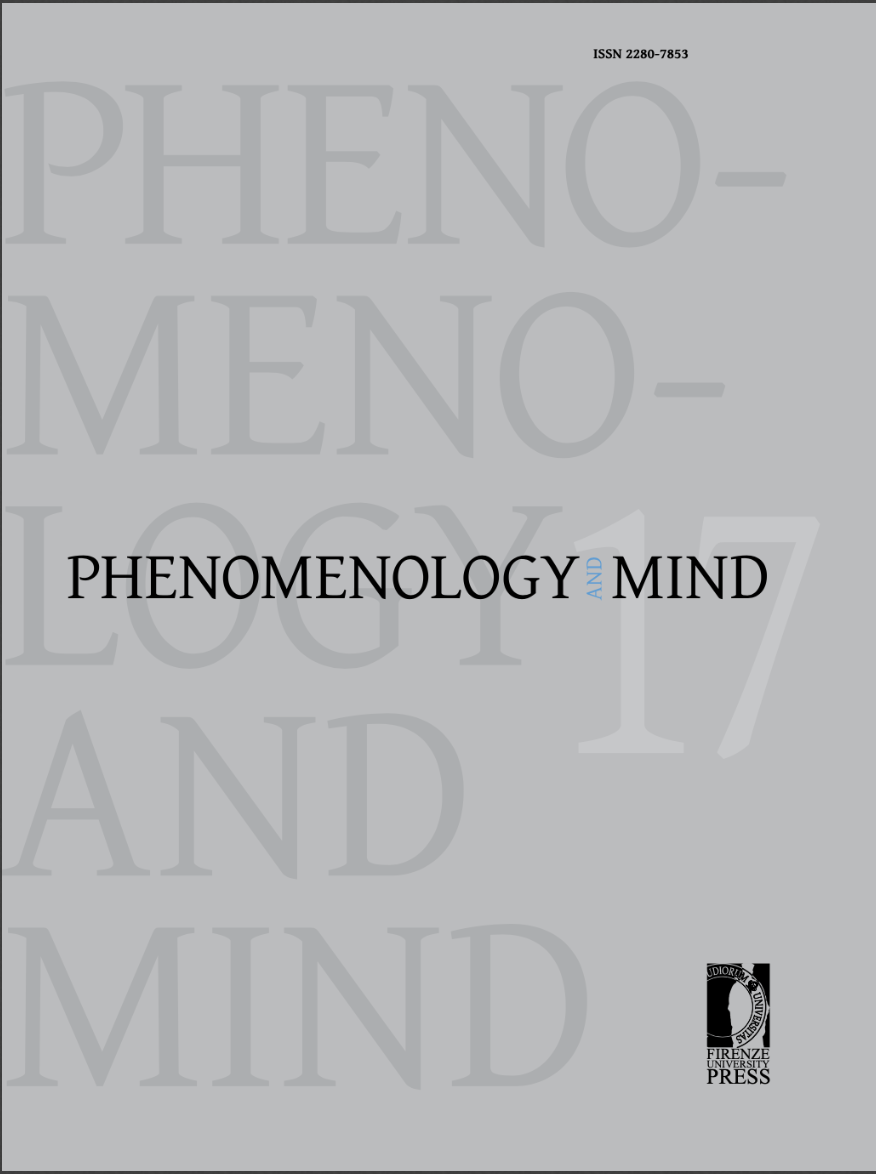Abstract
Why do humans create images and what are their features that make them special? How are image-making and the uses of images related? What is the purpose of images? The “problem of images” is addressed through the lens of contemporary neuroscience, arguing why and how neuroscience can investigate our relationship with art and aesthetics, framing this empirical approach as “experimental aesthetics.” Recent discoveries are presented that changed our ideas about perception, action, and cognition and the relationship among them, allowing a new look—complementary to the humanistic approach—at the problem of images. A new model of perception and cognition is proposed, called embodied simulation, which reveals the constitutive relationship between brain-body and the reception of human creative expressions.

